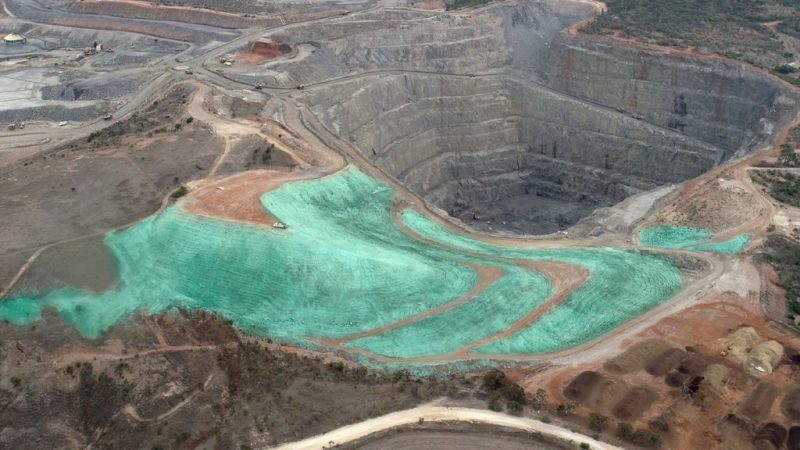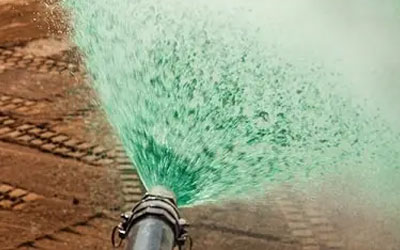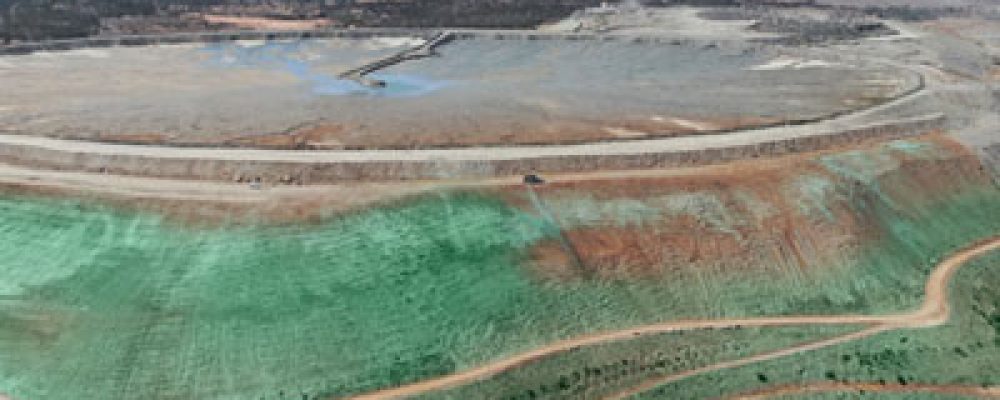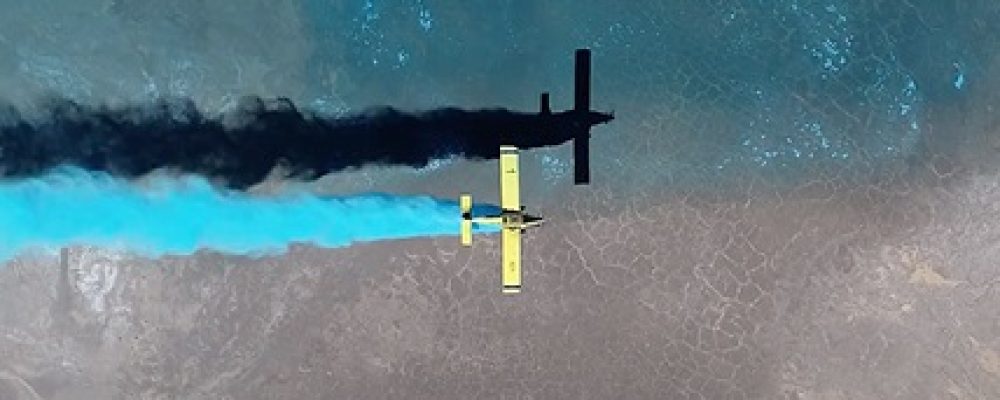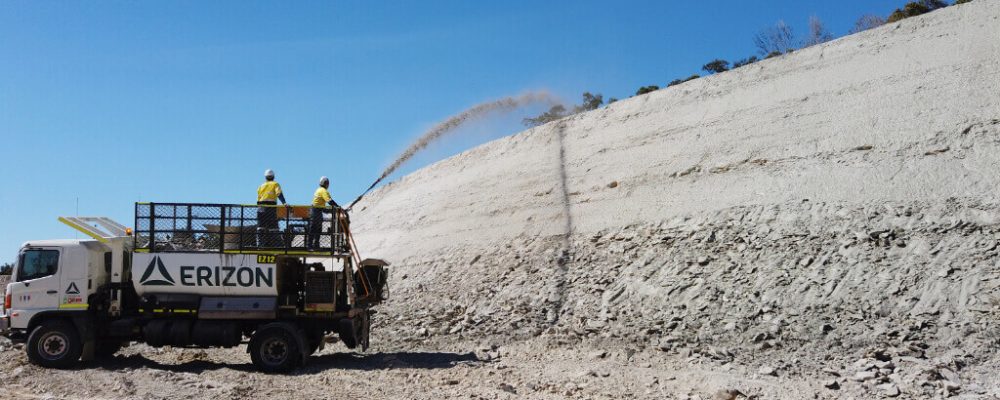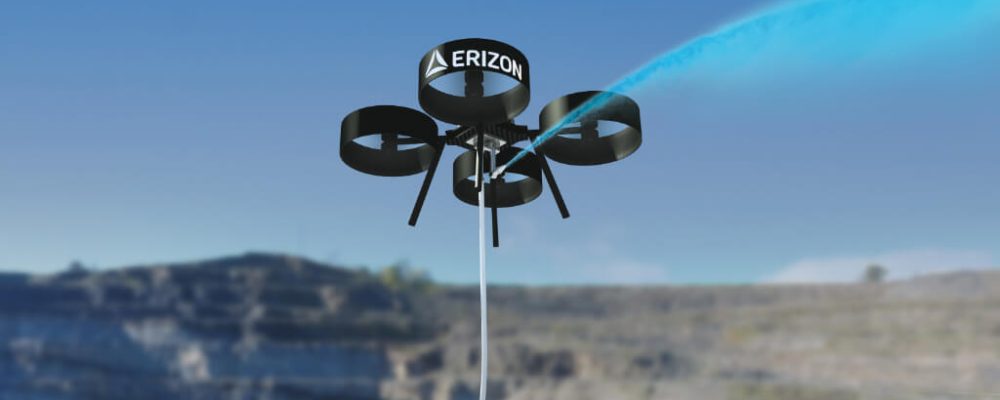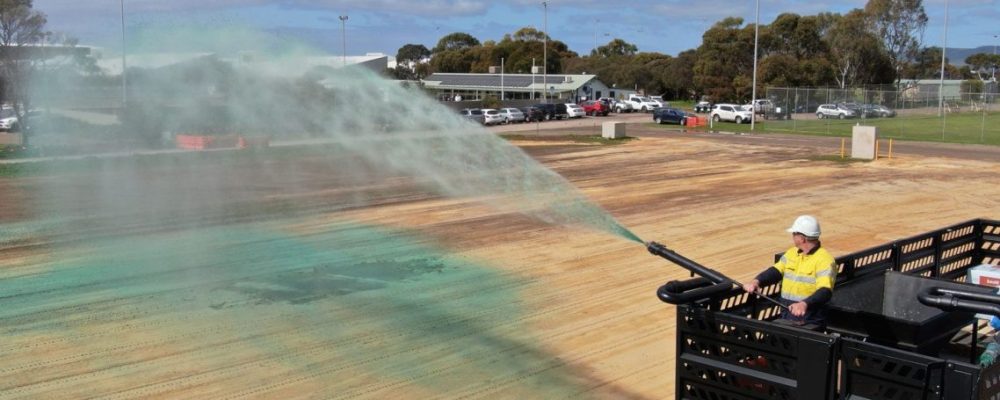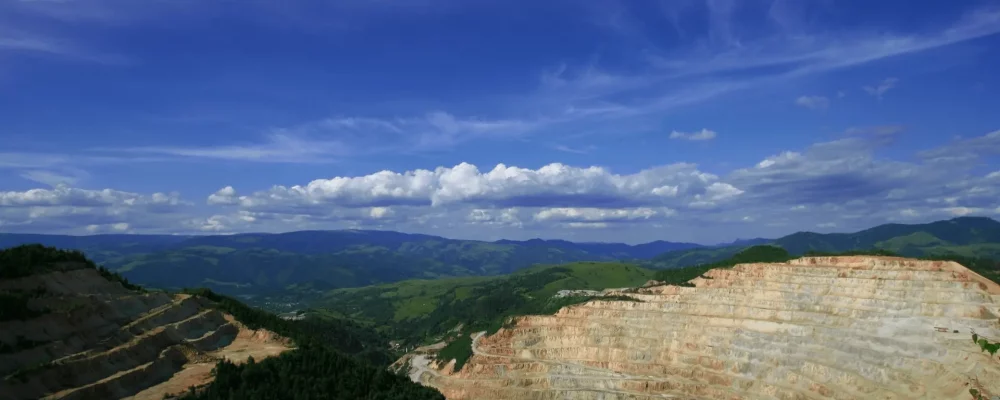Erosion is a constant problem that needs consideration, no matter your site’s location. Erosion can, however be a much larger issue in many areas due to Australia’s climate. Much of Australia is made up of arid land, which is prone to the dangers of both wind, and water erosion. With this, Erizon has scientifically developed erosion control products designed for arid
What is erosion?
Erosion, most commonly caused by weather events such as rain and strong wind. Rain can wash away topsoil carrying it into local waterways, creating blockages and harming water quality. This can significantly impact the health of the local ecosystems and have long-term effects on the local environment.
Strong winds can carry topsoil far and wide, taking the essential nutrients required for healthy plant growth with it. Windborne topsoil also creates hazards by building up causing equipment to become clogged or lowering visibility on the work site. Wind and water erosion can strongly impact the local climate. When planning any project, the environment should always be considered.
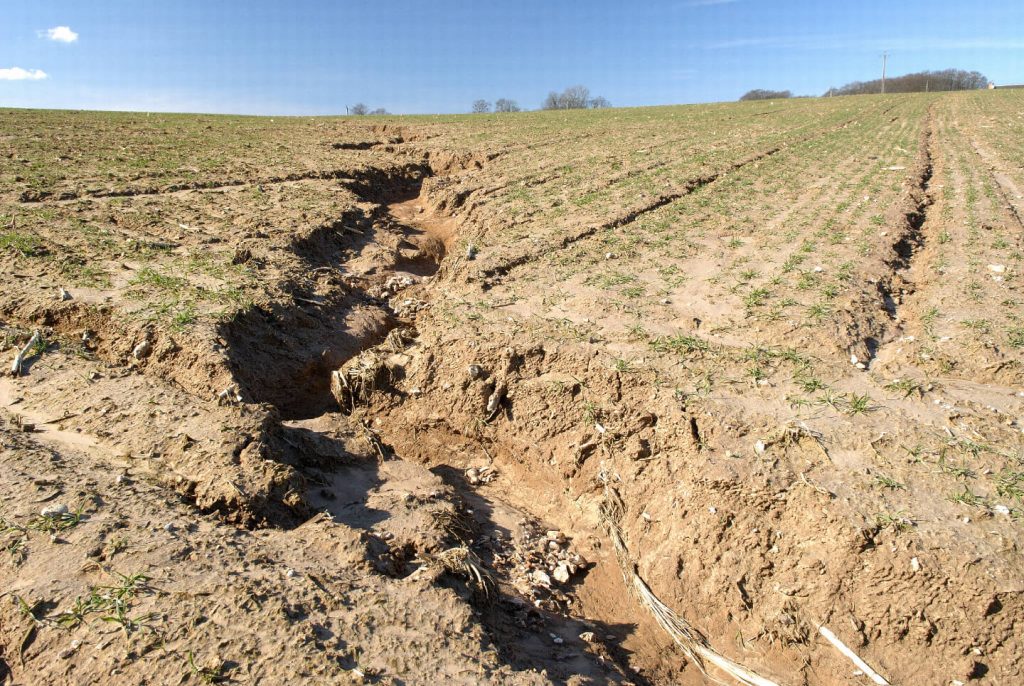
How does climate affect erosion?
When considering how climate affects erosion, the first thought would be weather and storms cause both wind and water erosion. A location often affected by rainstorms will have a much higher water erosion risk. Sites that regularly deal with strong winds have a higher rate of wind erosion. However, there is more to consider than just the local weather patterns. Much of Australia is extremely dry, these locations are at a much higher risk of erosion. Traditional means of erosion control may not be as effective or even viable for such climates.
Moist topsoil is often heavier and more compact, which lowers the effects of wind and rain on erosion. Such topsoil also often has the nutrients required for healthy plant growth, protecting against erosion. Topsoil in arid locations usually lacks the necessary moisture to prevent lifting off the ground as fine dust. Dry topsoil is much lighter, resulting in more displacement by strong winds and rains. Other arid ecosystems are often sparse and lack vegetative cover. As plants grow much further apart individual plants requiring larger plots of land to support them. Vegetative cover is the best form of erosion control, but not always viable in arid lands, so other options must be considered.
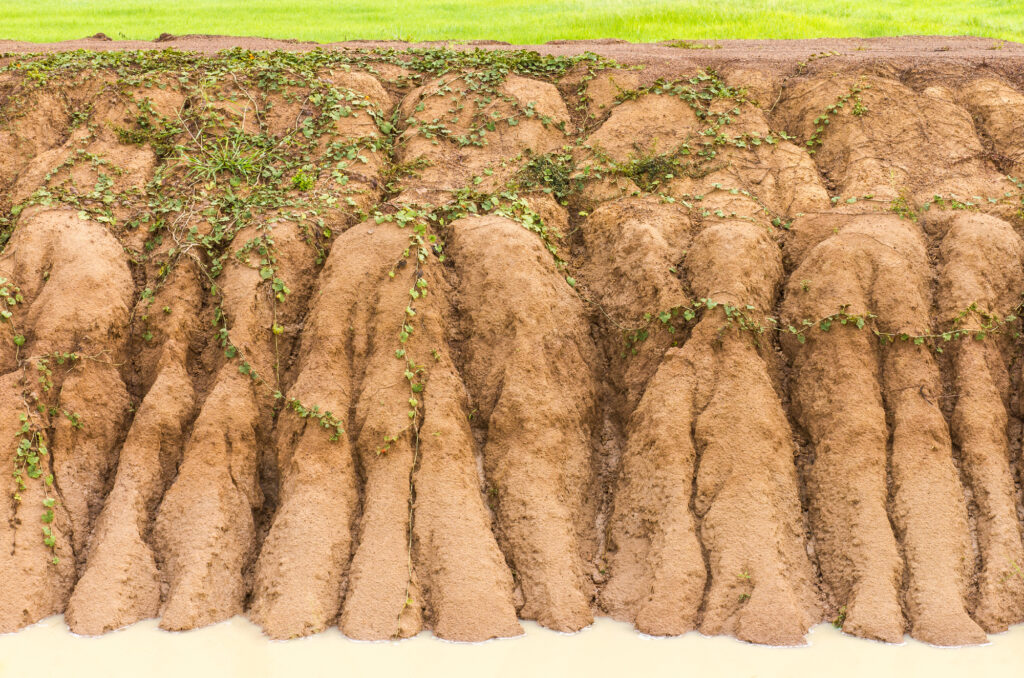
Erosion control options
Revegetation should be the first option to explore for erosion control. It has positive impacts on the local environment and is a long-term solution that, once established, usually renews and maintains itself with enough rainfall. Revegetation protects from wind erosion by giving the topsoil a protective growth layer. The root systems also help hold the topsoil together, helping to prevent run off. For erosion from the rain, a healthy layer of growth also provides leaf and grass cover to protect from impact erosion caused by raindrops.
The downsides to revegetation in arid conditions are that it may be too sparse to provide enough protection or require too much maintenance in the way of watering and fertilising. However, some hardy grasses and shrubs can survive in arid conditions that may be an option. If a location can support hardy local grasses or shrubs, revegetation could be an option. Unfortunately, it can take longer than usual to establish healthy growth under such conditions. For situations like this, techniques such as Hydromulch become a top revegetation solution. The Hydromulch mixture includes mulch and a tackifier, which will form a protective layer to provide immediate erosion protection while also contributing to the healthy growth of vegetation. Erizon’s Hydromulch Bonded Fibre Mix also helps with the lack of water availability by providing up to 50% increased water retention, making the water go further to sustain the vegetation.
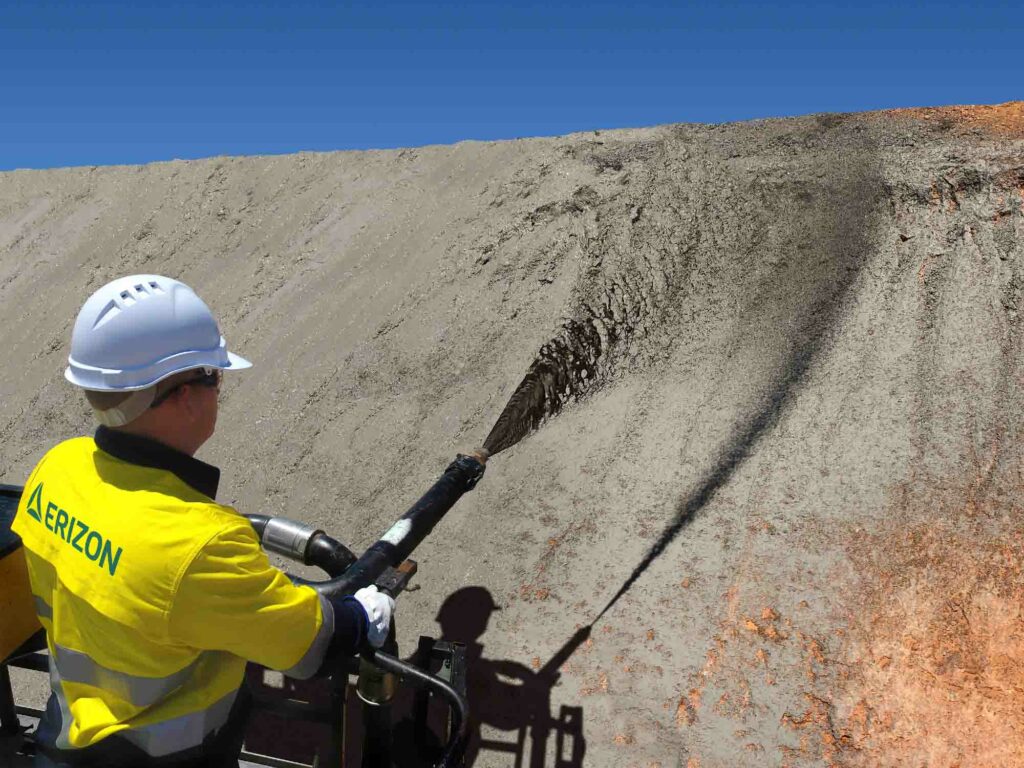
Erosion control blankets
In arid conditions where revegetation is not an option, erosion control blankets often become the best option. Many industries use Erosion control blankets because they are an effective erosion protection solution. However, technology has advanced in recent years, making them a more efficient and effective solution. Newe technologies, such as Erizon’s EcoArmour, is hydraulically applied, eliminating many challenges associated with installing erosion control blankets. Drying within 4 hours of application EcoArmour provides immediate and long-lasting erosion protection. Erosion control blankets don’t use water or rely on plant growth. EcoArmour is a solution for any climate and, with hydraulic application, it is easy to install almost anywhere.
Erizon has many years of experience controlling erosion across the most challenging parts of Australia. For projects in arid conditions, you need expert advice from those that know exactly what is required for these conditions. Erizon are your experts!
